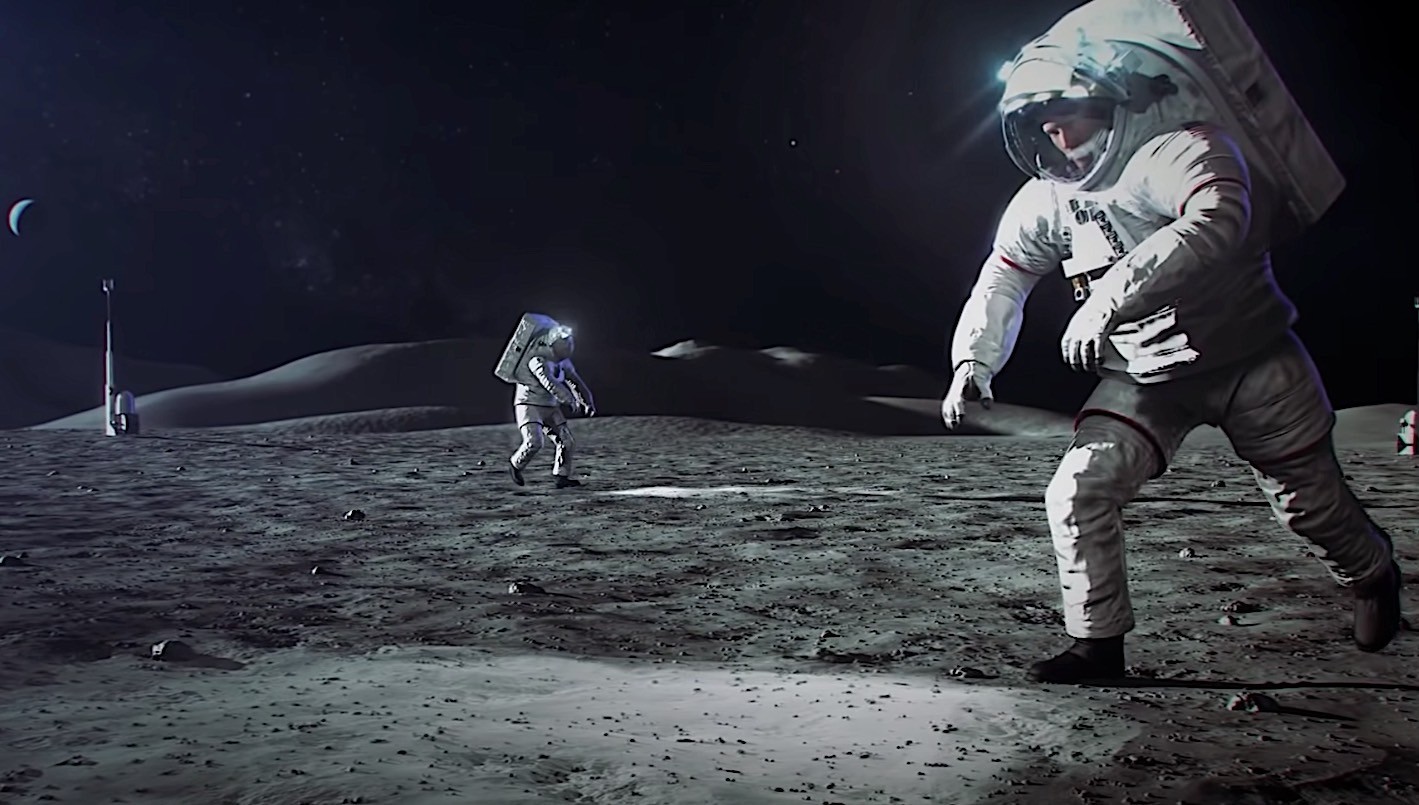Key Takeaways:
- Collaboration with Nikon: NASA’s partnership with Nikon signifies a fusion of expertise to develop advanced camera technology suitable for lunar exploration.
- Custom Design for Lunar Conditions: The Handheld Universal Lunar Camera (HULC) is specifically engineered to withstand the challenges of the moon’s environment, including extreme temperatures, moondust, and radiation.
- Enhanced Usability: HULC’s design features custom controls and grips tailored for astronauts wearing spacesuits, ensuring ease of operation even with bulky gloves.
- Optimized Imaging Capabilities: Equipped with advanced imaging technology, the HULC is capable of capturing clear and detailed images in the moon’s low-light conditions, crucial for scientific observations.
- Rigorous Testing and Validation: NASA’s extensive testing procedures, including simulations of lunar conditions, ensure the HULC’s reliability and performance, paving the way for its deployment on Artemis III and future lunar missions.
The advancement of camera technology for lunar exploration marks a significant leap from the primitive equipment used during the Apollo missions. In the 1960s, astronauts relied on cumbersome cameras attached to their spacesuits, lacking viewfinders and limited to capturing still images due to the constraints of photographic film. However, with NASA’s Artemis program aiming to return humans to the moon, there’s a pressing need for more sophisticated imaging solutions tailored to the lunar environment.
In collaboration with Nikon, NASA has embarked on a project to develop a cutting-edge camera system fit for lunar exploration. This partnership, outlined in a Space Act Agreement, underscores the fusion of technological expertise from both the space agency and the renowned camera manufacturer. The result is the creation of a Handheld Universal Lunar Camera (HULC), designed to meet the unique challenges posed by the moon’s harsh conditions.
The HULC represents a significant departure from conventional Earth-based cameras. Its design incorporates several key features to ensure functionality in the lunar environment. One crucial consideration is the low-light conditions prevalent on the moon’s surface. To address this, the HULC is equipped with advanced imaging capabilities optimized for capturing clear and detailed images in dimly lit settings.
Moreover, the camera’s construction takes into account the challenges posed by the lunar landscape. With its thermal blanket and durable casing, the HULC is engineered to withstand extreme temperatures and protect against abrasive moondust. This robust design ensures the camera’s reliability and longevity, essential qualities for extended missions on the lunar surface.
Another critical aspect of the HULC’s design is its usability by astronauts wearing spacesuits. Operating a camera with bulky gloves presents unique challenges, necessitating a user interface tailored to accommodate such conditions. To address this, engineers have integrated custom controls and grips into the camera’s design, allowing astronauts to manipulate it effectively while wearing protective gear.
Furthermore, the HULC’s electronic components have been hardened to withstand the radiation environment of space. This resilience ensures the camera’s functionality remains unaffected by the cosmic rays and other forms of radiation encountered during lunar missions.
NASA’s rigorous testing procedures, including simulations of lunar conditions on Earth, are crucial steps in validating the HULC’s performance and reliability. By subjecting the camera to real-world scenarios, astronauts can provide valuable feedback to refine its design and functionality further.
Ultimately, the goal is to deploy the HULC on Artemis III, marking a significant milestone in lunar exploration. Equipped with state-of-the-art imaging technology, astronauts will be better equipped to document their experiences and conduct scientific observations on the moon’s surface. As humanity ventures once again into the cosmos, the HULC represents a testament to our ingenuity and determination to explore the unknown.



I do not even know how I ended up here but I thought this post was great I dont know who you are but definitely youre going to a famous blogger if you arent already Cheers.